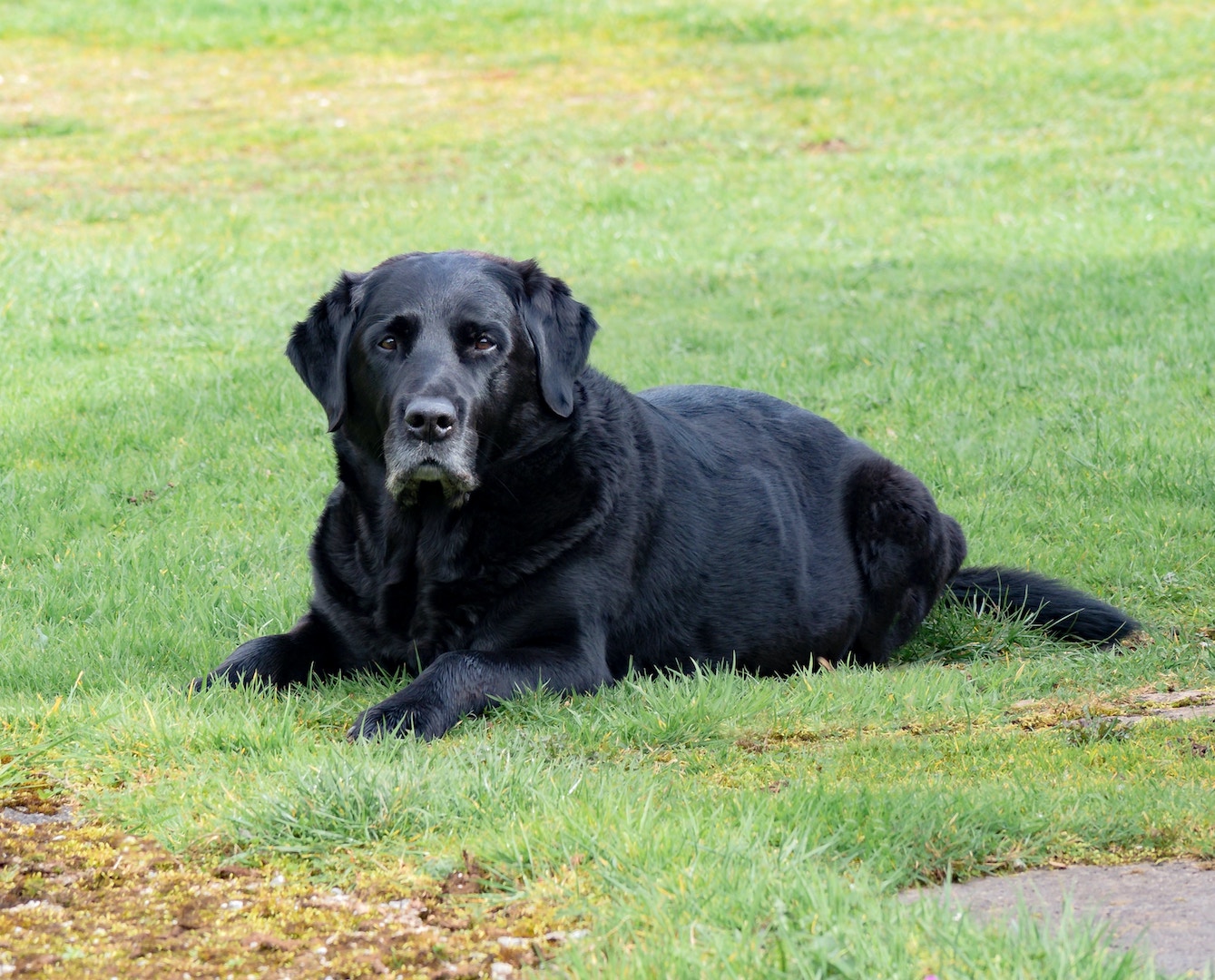Arielle Hein is an artist, technologist, and educator entrenched in the worlds of interaction design and conceptual art.
A recent speaker at Point of Departure, Arielle explores the intricate relationships between technology and our human experience. As an instructor at the College of Engineering & Applied Sciences at CU Boulder, she’s passionate about empowering students to use technology as a tool and creating learning environments that encourage diversity, accessibility, and connectivity.
Here we talk about the difference between architecture and computer programming, the excitement that comes with experience design, and staying optimistic in the face of overwhelming developments in technology.
How did you initially become interested in technology?
I have always had an affinity for visual design and designing experiences and spaces, and started my career studying architecture. When I was in college I took a class where we learned how to program using a language called Processing. The intention of Processing is to make programing accessible for artists, designers, and beginners—so you can build something right out of the box without having a computer science degree. Learning how to program just blew my mind open to the potential possibilities.
Programming is most often a shorter path to a deliverable than working as an architect. Plus, the rules are a little different: there are more rules in the real world than there are in the virtual world, so you have more freedom.
Totally! I work both in hardware and software—sort of across the board—but gaining experience with software was really interesting for me. Prototyping ideas, being able to make things really quickly, and sort of trying things out, this was all liberating. I came from a background making tangible things and that takes a long time, so you had to be clear about what your idea is and why you are using a certain material. With software I can prototype something really quickly, try it out, not feel attached to it, and move on to the next thing. That’s a big part of creative technology.
And did I hear you say that part of your interest in architecture was designing experiences people can have in a spaces?
Absolutely, and that’s this common thread through everything I do. It really starts with the perspective of the human experience, and what it means to be somebody who’s in a certain space or who’s engaged in a certain experience or with a certain kind of technology. I think everything I do comes back to, “What does it feel like?”
Well, you’re in a thrilling field because it’s not totally clear how people will be interacting with technology five years from now.
Totally. It’s also a way for me to keep myself in the equation and trust in my own experience. I think that’s why a lot of my work falls into this realm of art, where I am not always making something for somebody else. There’s this kind of interesting play between your experience and successfully creating that experience for somebody else.
So how does your day job contrast with the artistic side of what you do?
I am really very fortunate in my day job teaching at CU. There’s a program in the engineering school focused on creative technology and reimagining how we engage with technology and what we make with it. I teach everything that I am exploring, and it’s exciting to work with students who, prior to this, had to choose between computer science, mechanical engineering, or electrical engineering. Those disciplines are traditionally very narrow and focused, and there’s not a lot of opportunity to make creative work. It is really cliché to say, but teaching something is really the best way to learn it yourself.
Our team was just at TEDFest in Brooklyn, where we watched streaming talks from the TED conference in Vancouver. A number of them were focused on the way technology—and artificial intelligence (AI) in particular—will impact our lives. How do you see the role of design changing as we start communicating with machines using our voices rather than relying on images on a screen?
That is a really great question. This is something that I think about a lot, especially being in the emerging field of creative technology. How do you imagine what the full experience is for somebody, the interaction, and the feeling they take away? You still need the computer scientists to write the code. You still need the electrical engineer to build the hardware. I think the role of the designer becomes a person who is fluent in interfacing with each of those elements and maintaining a vision for what the experience is. It’s interesting just how much we’ve had to adjust to new technologies in our lives.
The questions I always come back to are, “What does this mean for our human experience?” “How does it change the way we communicate?” and “How does it change our relationships with the people in our lives?” I think it’s important to not just blindly accept new technology. You have to ask a lot of questions and get to the core of how technology changes our experience. I feel really fortunate to be in an academic setting where a lot of those questions are being asked.
A number of the TED talks pointed to a future where the robots outsmart us, kind of like the Terminator scenario. Do you think we’re headed to a point where we’ll be outsmarted by our creations and enslaved or do you see it as more of a cooperative relationship that’s emerging?
Well, my personality is always on the side of optimism. I kind of see this magic and opportunity in it all. I like to think of it as more of a cooperative experience. I have this faith in the uniqueness of the human experience that will continue to carry us forward. Of course, that relies on spending time asking the right questions. It comes down to having intention and thinking about why are we introducing certain technologies into our lives. In the case of AI, what is it bringing us that is different from something we had before and how is it adding value?
Do you have a favorite TED talk you use in your classes?
There are a lot of examples, but I think my favorite one is “How schools kill creativity” by Ken Robinson. He talks about how in the traditional education system we’re educating students out of creativity by cultivating these subject matters in math, science, and writing that some people don’t fit into. I never fit into what was being taught and I’ve really pursued a different kind of path for myself.
That makes sense given what you were saying about the courses that you’re teaching. They fit more into the mold of what you would prefer to be taught.
Yes, and I feel grateful and fortunate to be in the role that I am in because I wish that I had something like this kind of program myself. I found it on this really winding difficult path, but it’s cool to help make that easier for others.


















